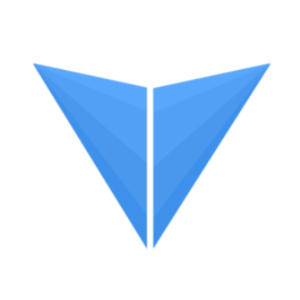- Back to menuPrices
- Back to menuResearch
- Back to menuConsensus
- Back to menu
- Back to menu
- Back to menu
- Back to menuWebinars & Events
About Lithosphere
Lithosphere (LITHO) is the native token of an AI-powered blockchain interoperability platform, connecting diverse communities and tokens. It aims to drive Web3 adoption by addressing interoperability issues and enabling intelligent smart contracts. LITHO is used for value transfer, cross-chain transactions, security deposits, and is compatible with other cryptocurrencies. Created by the KaJ Labs Foundation.
Lithosphere (LITHO) is the native token of the Lithosphere network. The Lithosphere network itself is an advanced blockchain interoperability platform powered by artificial intelligence (AI) and deep learning. It is an AI-powered cross-chain platform, designed to connect all kinds of value and bridge centralized and decentralized organizations. It provides complete financial functions and can communicate diverse communities and tokens.
The network uses a novel consensus algorithm and a new token standard, coupled with deep neural networks (DNNs) to make smart contracts intelligent. It aims to drive mainstream Web3 adoption and solve the key problem of insufficiency in the interoperability of the current Internet of Value by establishing a layer of control management on top of various tokens through distributed management of the tokens' private keys. It also provides ports both for central organizations and for external data sources.
The LITHO token is used for multiple purposes within the Lithosphere network. It serves as a medium for storage and transfer of value. Both cross-chain and intra-chain transactions consume a certain amount of LITHO. It's also used in security deposits for cross-chain verification nodes. While LITHO is the currency of choice, other cryptocurrencies can be used as well due to the network's support for interoperability.
Users in the ecosystem will be able to receive and send tokens from any and all blockchains that support Byzantine Fault-Tolerant (BFT) consensus through dApps on Lithosphere. In decentralized finance (DeFi), a Deep Neural Network might help detect abnormal token price movements, which could be part of a flash-loan attack. A decentralized autonomous organization (DAO) might trade tokens automatically with a DNN trained continually through reinforcement learning. A content creator might apply a generative adversarial network (GAN) to generate visual art images, and subsequently tokenize them as non-fungible tokens (NFTs) tradable on Ego DEX.
